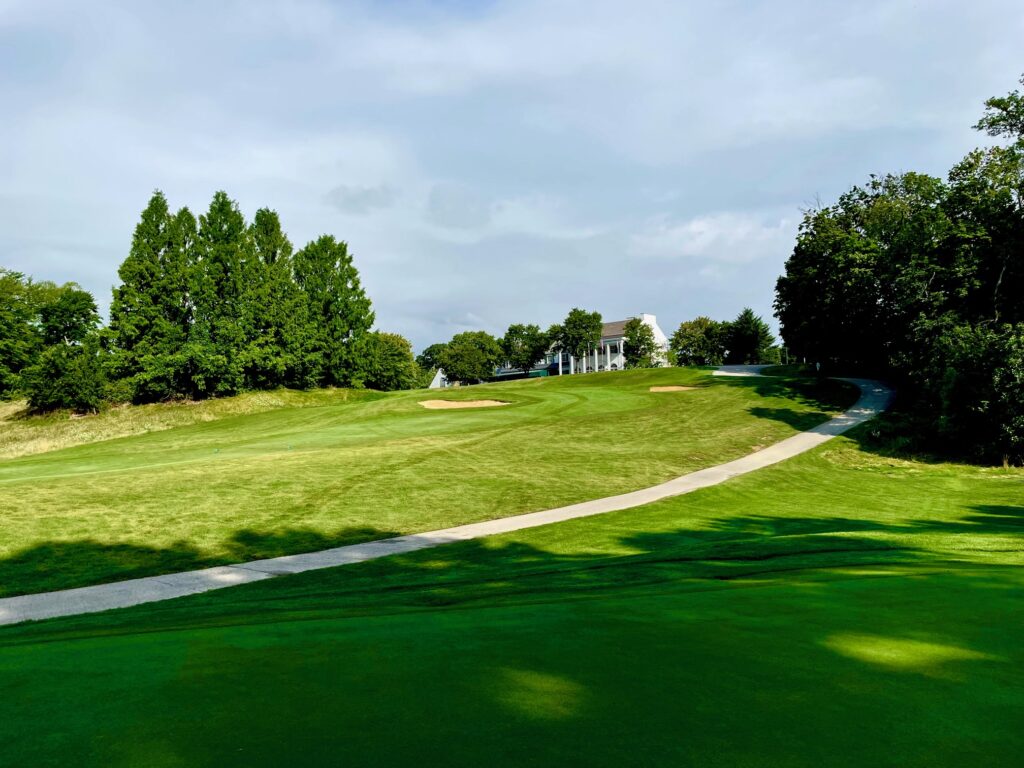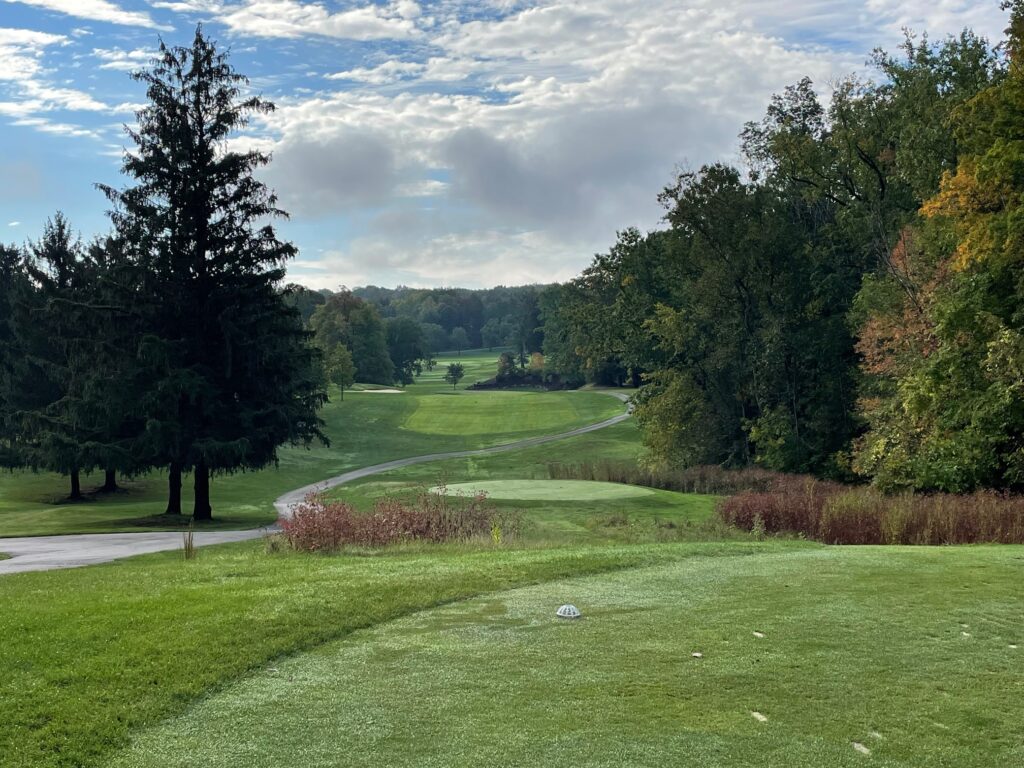Golf is a game of precision, strategy, and skill.
As any golf enthusiast knows, the course length can have a major impact on the game. The longer the course, the more challenging the game can become. As a result, it’s important to understand what is considered a “long” golf course. In this post, we’ll uncover the definition of a long golf course and explore how the length of the course can affect your performance.
Introduction to Long Golf Courses
Golf courses come in all shapes and sizes. From 9-hole par 3 courses to 18-hole championship courses, the variety is endless. But when it comes to length, there are courses that are short and courses that are long. Understanding what is considered a long golf course can help you make better decisions when selecting a course to play.
Related: What tees should I play from?

Average Course Length
The average golf course length is about 6,600 yards for a full 18-hole round. This includes the tees, fairways, and greens. Of course, this number can vary from course to course depending on the layout and terrain. Some courses may be as short as 5,000 yards while others may be as long as 8,000 yards.
Related: How to swing 120mph with the driver
What Is Considered a Long Golf Course?
When it comes to defining a long golf course, there is no definitive answer. Generally speaking, any golf course that is 7,000 yards or longer is considered to be long. This is the minimum yardage for courses that are considered “long”. Of course, this number can vary depending on the layout and terrain. Some golf courses have broken the 8,000 yard barrier as the length of the tee shot continues to increase, especially by the professionals.
Factors Affecting Course Length
There are several factors that can affect the length of a golf course. The terrain, course layout, and even the weather can all influence the yardage of a course or what distance the course actually plays like. For example, a course with hilly terrain might be longer than a course with flat terrain. If there are plenty of uphill tee shots with little roll, the course can play longer. Similarly, a course with a lot of water hazards and bunkers may be play longer due to forced layups than a course with fewer hazards.

The Impact of Course Length on Performance
The length of the course can have a major impact on your performance. Longer courses can be more challenging and require more precision and accuracy. If you’re an experienced golfer, you’ll likely be able to handle the extra yardage. But if you’re a beginner, you may find the longer course to be daunting.
Longer courses can also affect your game strategy. On a longer course, you’ll need to plan your shots more carefully and think ahead to ensure you’re playing the right club and taking the right approach. However, most tee shots are going to require the driver, the strategy really comes into play when you are hitting a 4 iron into a green surrounded by bunkers.
Related: How often do golf courses cut the grass
Different Types of Golf Course Lengths
There are several different types of golf course lengths. The most common type is the regulation length course. These courses are typically 6,000 yards or longer and are designed for experienced golfers.
There are also executive courses, which are shorter courses designed for beginner and intermediate players. These courses are typically 5,000 to 6,500 yards in length. Finally, there are short courses, which are often par 3 courses and are typically less than 1,000 yards in length.
Related: How many par 5 holes on a course
Golf Course Lengths Around the World
Golf courses around the world vary in length. Some countries, such as the United States, have courses that are 7,500 yards or longer. Other countries, such as Germany, have courses that are as short as 5,000 yards.
The length of the golf course can also vary depending on the region. For instance, courses in the desert regions of the United States tend to be longer than courses in the northern regions. This might be due to the timeframe of when the courses were built. Courses built in the 1920s and 1930s were typically shorter and might max out at 6,600 yards vs today’s courses being built can be up to 8,000 yards in length.
Related: How often do golf courses change the hole locations

The Advantages of Long Golf Courses
Though longer courses can be more challenging, there are still a number of advantages to playing on a long golf course. For one, longer courses can help you improve your game by forcing you to use a variety of clubs and shots. This can help you develop a more complete game.
Longer courses can also be more interesting and enjoyable. With more yardage to cover, you’ll have more opportunities to see different parts of the course and appreciate the natural beauty of the landscape. The longest courses also have many of the other features that make the course appealing to the eye such as elevation changes or certain water hazards.
Related: Golf strategy for long hitters
Length of Golf Courses – Final Thoughts
Golf courses come in all shapes and sizes, but some courses are considered “long”. Generally speaking, any course that is 7,500 yards or longer is considered to be very long. There are a number of factors that can affect the length of a course, such as the terrain, course layout, and even the weather.
The length of the course can also have a major impact on your performance. Longer courses can be more challenging and require more precision and accuracy. But they can also be more interesting and enjoyable. Understanding what is considered a “long” golf course can help you make better decisions when selecting a course to play.
Due to all of this it is essential that you can hit your driver as far as possible. I would highly recommend SuperSpeed Golf and Overspeed training to take your game to the next level and allow you to play the longer golf courses where you live.
Related: How to hit your driver longer and straighter
I am an amateur golfer on a journey to get better, enjoy the game as often as possible and share my passion and knowledge with others. I have coached high school golfers at a high level and have a great passion for the game and want to give back. I enjoy learning about the golf swing and am currently studying to be a certified professional golf instructor. Join me in our journey to get better everyday. Thank you for reading!

